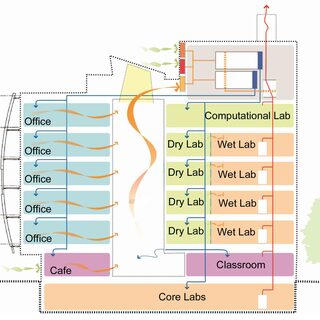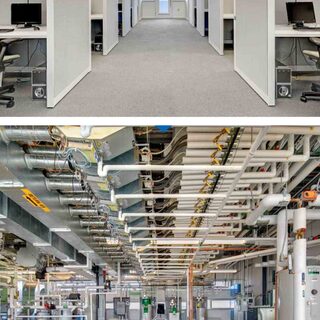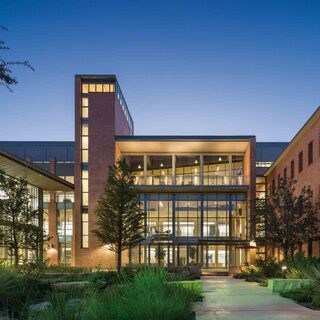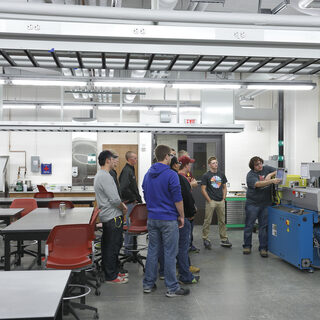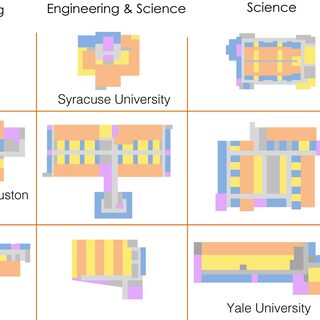Tradeline's industry reports are a must-read resource for those involved in facilities planning and management. Reports include management case studies, current and in-depth project profiles, and editorials on the latest facilities management issues.
Latest Reports
Integrated Facilities for Engineering and Life Sciences Pose New Challenges
An increase in funding streams for interdisciplinary research coupled with major advances in computational research are driving bioengineering and integrated life sciences and engineering program growth. “Increasingly, universities are engaging in interdisciplinary research—that’s where the exciting problems are, and that’s what funding agencies are funding,” says Dr. Stephen Director, provost emeritus of Northeastern University in Boston. “We have found that our existing facilities don’t easily support that.”
Improved Workplace Ventilation Shown in Studies to Double Cognitive Function Scores
Because it’s expensive to heat and cool outdoor air drawn into a building, workspaces tend to be ventilated only enough to meet ASHRAE minimums or achieve a LEED credit. But air quality profoundly affects workers’ cognitive performance, and even modest increases in ventilation can yield productivity and health benefits that far exceed the cost, says Joseph Allen, assistant professor and director of the Healthy Buildings Program at the Center for Health and the Global Environment at Harvard T.H. Chan School of Public Health.
STEM Design Components That Pay Off
It can be hard to know whether a building initiative is meeting the mark by looking at anecdotal feedback about what worked and what didn’t. Pre- and post-occupancy data make it possible to evaluate the success of a design strategy. Studies indicate that the new Center for the Sciences & Innovation (CSI) at Trinity University in San Antonio, Texas, is attracting more students from all departments to the building, boosting integration between science and non-science majors, and increasing interest in STEM studies among incoming students at a rate of 50 percent.
Key Trends in Engineering Science Labs
Designers of undergraduate engineering learning environments must draw from a broad range of solutions to meet the specific pedagogical needs of each institution, beyond the traditional “wet” or “dry” designation of basic science teaching labs. In addition to designing for appropriate equipment scale, strategies include pairing labs and teaching space, providing a variety of maker or innovation spaces, building fewer two-story high-bay areas, and using scaled options for airflow and ventilation.
Inclusion of Engineering Alters the Space Model for Interdisciplinary Research Facilities
The expansion of interdisciplinary research to include an engineering component is changing the space model for academic institutions. Science facilities had already broken new ground when they blended various branches of life and physical sciences together under one roof. Adding engineering to the mix has triggered fresh thinking about a host of design standards, ranging from lab-to-lab-support ratios to building organization to the configuration of office and collaboration spaces.

